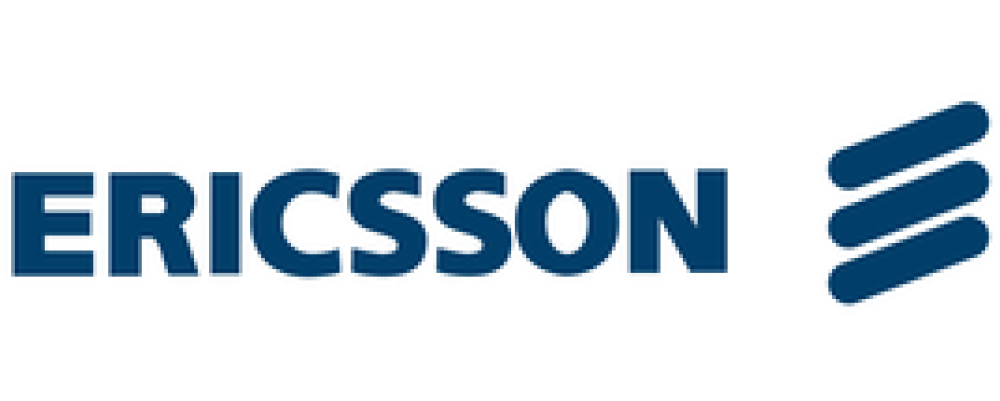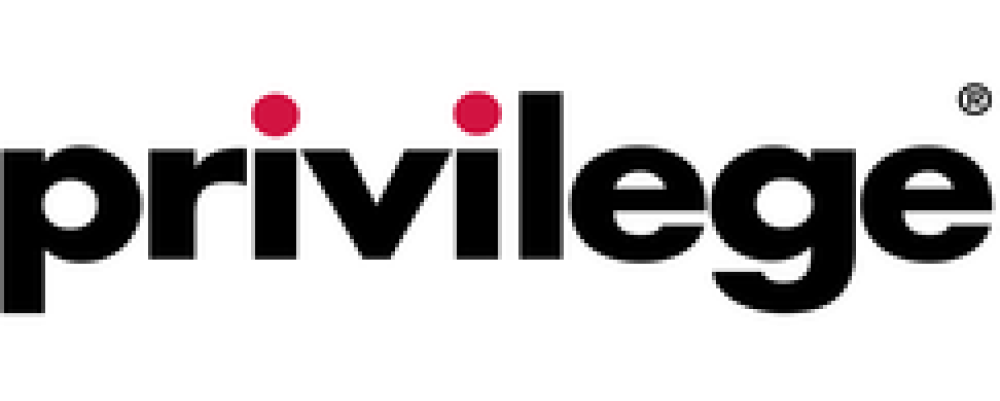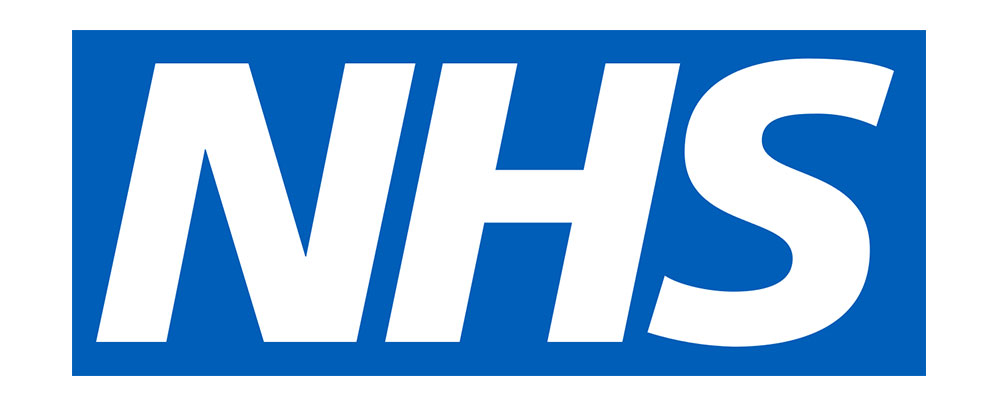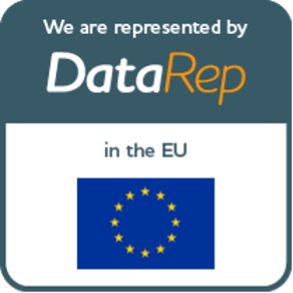Introduction
Perhaps you are relatively new to market research and find the research terms qualitative research and quantitative research totally unfamiliar (yet at the same time annoyingly similar). If so, then this article is for you!
Or perhaps you are a seasoned marketer who makes frequent use of research but is occasionally unsure whether it is qualitative or quantitative data that would best suit your needs. If so, then read on!
By the end of this article, you will not only know your qual from your quant, you’ll know what qual involves and when each is best applied.
What is qualitative research?
Qualitative vs quantitative research definition
Whereas quantitative research focuses on measurement of the known, qualitative research typically involves the exploration of the unknown.
And whereas quantitative research is based on a pre-defined survey comprising mainly closed questions, qualitative research is conducted as a dialogue based on a discussion guide comprising a series of semi-structured, open questions posed by a moderator,
The role of qualitative research
Due to its exploratory nature, qualitative research is perfect for use during the early stage development of brands, products, services and communications.
On these occasions its role is typically to validate or enhance that development process, by identifying the relevant thoughts, needs, attitudes, motivations, expectations, beliefs and / or preferences of the target audience, as well as any actions or behaviours that these may give rise to.
Qualitative research examples
Qual may be used during early-stage development to:
- Evaluate and refine a new brand proposition
- Identify the defining attitudes and behaviours of the target audience
- Assess and refine new product or service prototypes
- Assess a number of early stage advertising concepts
- Review and optimise a multi-channel customer experience
Examples of relevant projects include:
- Investigating the appeal of a proposed, new high street current account on behalf of a UK bank
- Assessing the appeal of the features and benefits proposed for a new type of insurance product on behalf of a major car insurer
- Reviewing changing attitudes and behaviours of Generation Z towards the consumption of meat and dairy products on behalf of a frozen food producer
- Identifying the ‘must-have’, experiential elements of a high street, automotive store concept capable of acting as a viable alternative to ‘traditional’, out-of-town showrooms for a major car marque
- Exploring reactions to an online, medical proposition being designed as an alternative to the GP’s surgery on behalf of a new start-up
- Evaluating the potential of a global, forecourt promotion to increase the consumption of premium fuel for a leading petrol retailer
- Exploring the attitudes and behaviours of business people to a new, online discussion forum aimed at the global business community
Qualitative vs quantitative research
Fine, but surely each the above examples could have been addressed using a variety of quantitative approaches instead? Well, yes and no!
All too often, organisations rush to quantify a subject before its parameters have been identified and understood.
When this happens, the quantitative results are likely to be incomplete. At worst, they will be misleading.
Qualitative research methods and project sizes
Qualitative research is conducted face-to-face, by phone or online and the number of people involved is relatively small in comparison to the sample sizes typically involved in quantitative research.
For example:
- A ‘typical’ qualitative research project may involve 2-6 focus groups, each lasting up to 2 hours and comprising up to 8 respondents each (making 16-48 respondents in total).
- An online qualitative research exercise that utilises a bulletin board or community (MROC) may involve up to 30 respondents dipping in and out of the moderated e-discussion over a period of several days or weeks.
- A qualitative research project comprising 1-2-1, phone or face-to-face depths may comprise no more than 5-10 interviews.
Ad-hoc versus continuous qualitative research
Broadly, there are two types of qualitative research project.
Firstly, an ad-hoc, qualitative research project. This term is used to describe a single qualitative research exercise, undertaken to address specific research objectives in the form of a one-off study.
Secondly, a continuous or longitudinal qualitative research project. These terms are used to describe a qualitative research study of two or more stages run over a period of weeks, months or even years, to understand if and how people’s attitudes and behaviours regarding a particular subject are changing over time.
Qualitative research approach
Whatever the approach, some form of unstructured or semi-structured discussion guide will be used to provide a framework for the conversation. That guide will contain a variety of open questions designed to ensure that:
- The discussion flows
- Subject matter can be is explored in a structured manner
- That exploration is conducted on both rational and emotional levels, using projective techniques to uncover unconscious sentiment.
Moderators may be free to diverge from the discussion guide and go ‘off-piste’, to explore individual comments, issues and ideas as they arise.
Qualitative research sessions are audio-recorded as standard (subject to necessary respondent permissions being obtained) and possibly video-recorded as well. If the research is conducted in a bespoke research facility then clients may choose to watch and listen to proceedings from behind a one-way mirror.
The role of projective techniques in qualitative research
Any qual research project tasked with exploring the consumer’s reaction to a particular brand, concept or experience has to be capable of accessing the fundamental thoughts, feelings and associations of research respondents.
The challenge for the researcher is that the subject’s top-of-mind responses are likely to emanate from the System 1, conscious mind, meaning that they are also likely to be logical, superficial and potentially even misleading.
The insights that researchers require are typically buried deep within the respondents’ System 2, subconsciousmind and further obscured by the influence of cultural and social norms, heuristics and intuition.
Projective techniques are therefore used as a means of gaining access to the sub-conscious mind and the wealth of insights it holds for researchers.
Such techniques have their origins in clinical psychology and have been adapted for use in marketing and market research, with both B2C and B2B research audiences
The simplest example of a project technique is brand personification. Brand personification enables moderators to probe the respondents’ brand perceptions indirectly, by asking them to consider that brand in human form.
Questioning might go as follows:
Imagine that Brand X came to life as a person. What sort of person would they be?
The moderator can then probe on physical characteristics such as gender and appearance, as well as emotion-led issues such as personality, likes, dislikes, shortcomings and aspirations.
Depending on the degree to which respondents are able to work with this particular projective technique, respondents can also be asked to think even more laterally and comment on where the persona lives, the type of car they drive (this can also be the subject of a separate projective exercise) and the sort of friends that they have.
Projective techniques can also be visual in nature. A common example of a visual projective is the mood board or collage, where respondents can be asked to express their thoughts and feelings regarding Brand X using different forms of visual imagery.
Magazines are a great source of such imagery, and respondents can be directed spend time sifting through them identifying pictures, colours, words and icons that all reflect their impression of the brand in some way – even if they can’t think why.
Once complete, the collage becomes the subject of further discussion, whereby the moderator works with the respondents to understand the significance of the different themes emerging.
Ultimately, the success of any such technique depends on the moderator’s ability to select the right projective in the first place, to introduce it appropriately and then analyse and understand the feedback received, separating that which is merely interesting but ultimately irrelevant, from that which truly adds to brand understanding and insight.
Data analysis in qualitative research
When analysing the research recordings they have made, many researchers will opt to have those recordings transcribed, whilst others will simply listen back to them, making notes on a ‘coding frame’ as they go.
The purpose of the frame is to cluster responses by question or by theme, so that relevant comments from across the research sample can be quickly and easily isolated and analysed.
Whilst some researchers will then compile a debrief that faithfully reports on the feedback gained in relation to each question (whether it is significant or not), others adopt a more interpretive, consultative approach whereby they will discard feedback that they regard as insignificant, whilst interpreting and adding value to feedback that they regard as relevant and important.
Qualitative research – a final word
Ultimately, the insights delivered by qualitative research that is capable of going beyond the obvious can make the difference between commercial success and failure.
Brandspeak specialises in providing qualitative research capable of identifying game-changing insights that can turn a so-so brand in to a sector-defining champion.
More information
For further insights about qualitative research read Brandspeak’s article on The skills and attributes required to become a great qualitative researcher
Or read about Brandspeak’s qualitative research offer on our website.
Contact
For more information on Brandspeak’s qualitative research capabilities please email us at enquiries@brandspeak.co.uk or call us on +44 (0) 203 858 0052.






